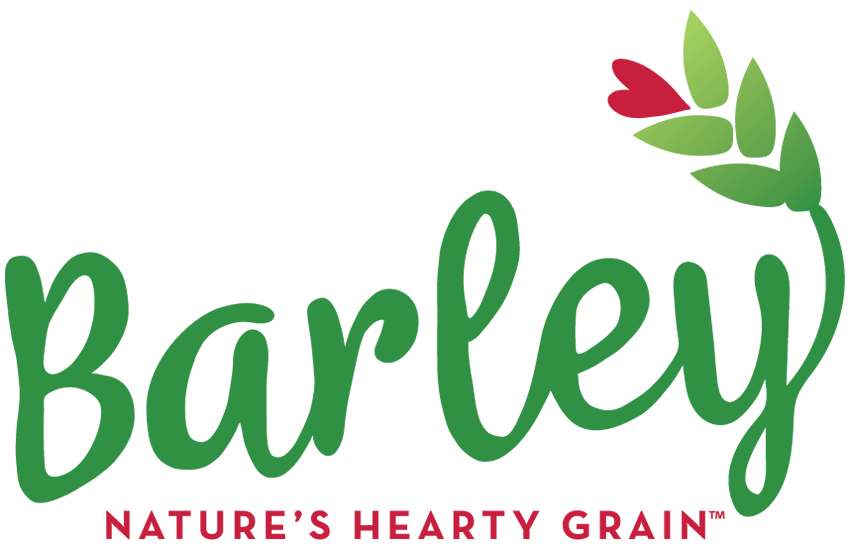Did you know March is National Nutrition Month? A nutrition, education and information campaign sponsored annually by the Academy of Nutrition and Dietetics, National Nutrition Month focuses on the importance of making informed food choices, developing sound eating habits, and create healthful eating patterns with the foods they love.
To celebrate, we would like to share some Barley Basics with you, as well as some fun and healthy food swaps using barley!
Part of a Healthful Diet
Barley is considered a “super grain” because of its health and nutrition benefits which have been well-documented by scientists and dietitians alike. Some of these health benefits include:
Heart Health
Since 2006, The U.S. Food and Drug Administration has determined that soluble fiber from barley, as part of a diet low in saturated fat and cholesterol, may reduce the risk of heart disease by lowering low-density lipoprotein (LDL) cholesterol and total cholesterol levels. Whole grain barley as well as dry milled barley products, such as pearled barley kernels, flakes, grits, and flour can make a difference in your heart’s overall health!
Gut Health
Barley contains the most fiber of all grains, with most varieties clocking in around 17% fiber. Additionally, barley contains fiber throughout the entire kernel. Therefore, processed barley products such as flour, flakes, or pearl barley, will still retain at least 50% of their original fiber content even after the bran or outer layer of the barley kernel is removed. In most grains, fiber is found only in the bran or outer layer of the kernel.
Body-Weight Management
Eating fiber-rich foods (like barley!) helps increase satiety (the feeling of fullness) which is important in maintaining a healthy weight. Soluble fiber (beta-glucan) mixes with liquid and binds to fatty substances to help remove them from the body. Barley is a complex carbohydrate, which takes longer to break down, providing longer-lasting energy and reducing post-meal “crashes”.
Blood Sugar Management
Barley has the lowest Glycemic Index of all the grains at 28. The carbohydrates in barley are slowly digested, absorbed, and metabolized causing a lower and slower rise in blood glucose and insulin levels. Studies show that soluble fiber (beta-glucan) is effective in slowing the absorption of sugar, which, for people with diabetes, may help decrease the need for insulin. Barley and oats are the only two edible grains that contain significant levels of beta-glucan.
Nutrition You Can Count On
Barley is a nutrition powerhouse. Not only is it packed with fiber, but it also contains other essential nutrients. In ¼ cup of uncooked hulless barley you will find the following:

Healthy and Easy Swaps
Adding barley to your diet is a simple swap in the kitchen. To boost the nutrition of your favorite dishes, try these simple swaps:



Barley-Based Inspiration
For some barley-based inspiration, visit our Recipes page. Interested in learning more about Barley? Visit our Barley Basics page.


